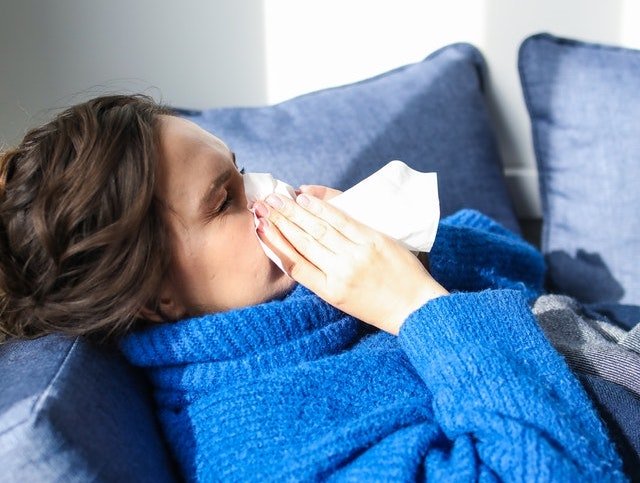
In a new study, researchers give weight to emerging evidence that a loss of smell and taste is a common symptom of COVID-19.
The research was conducted by a team at the Kinds College London.
The study looked at responses from more than 400,000 people reporting suspected COVID-19 symptoms via an app.
It found that 59 percent of 579 people who said they had tested positive for the virus reported a loss of smell or taste.
But the loss of smell and taste are also signs of other infections, such as the common cold.
Researchers say that coronaviruses have been associated with what doctors refer to as post-viral olfactory loss previously—this is smell loss that persists after a cold.
There are many respiratory viruses that can potentially cause problems with the smell receptors.
So far with COVID-19, the smell loss appears to be transient but only as time elapses will scientists know how many people have a more permanent loss.
This latest research from Kings College London gives some further weight to the emerging evidence that loss of smell, and perceived loss of taste, is a common symptom in those infected with COVID-19.
It is helpful data to reinforce the call for the World Health Organisation and Public Health England to add this symptom as a warning sign for individuals to self-isolate.
Researchers say this report does help to add to the prior data from countries like China and Italy that smell loss must be taken more seriously as a tool for identifying COVID-19 positive patients who may otherwise be unaware or have mild symptoms.
With emerging evidence about the mechanism of smell loss in COVID-19, there is likely to be greater certainty about smell loss as a harbinger of the virus and whether it can be used in isolation, or how the timing of its onset relates to the course of the infection and its severity.
Another interesting point in the study is the fact that smell loss appears to be reported by a higher proportion of women.
This is commonly seen in a specialist smell and taste clinic where a ratio of 2:1 female to male patients is typically seen and women appear more troubled by smell loss than their male counterparts.
Copyright © 2020 Knowridge Science Report. All rights reserved.



